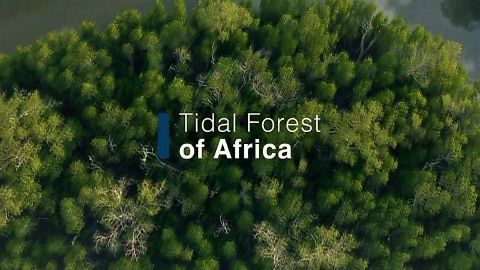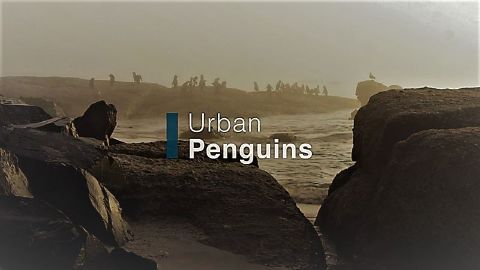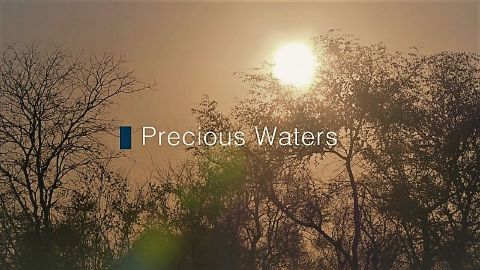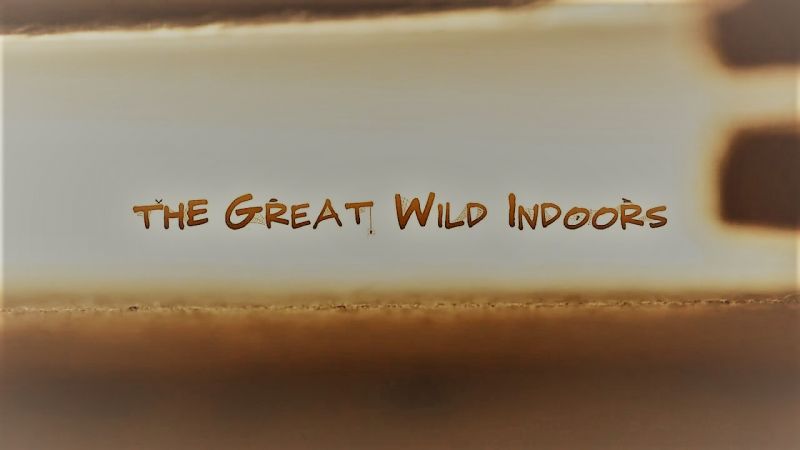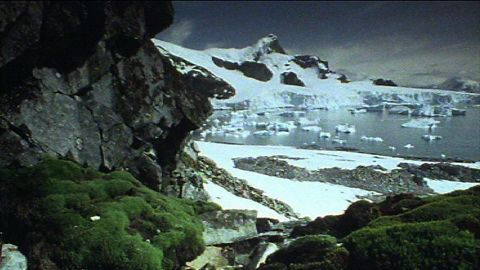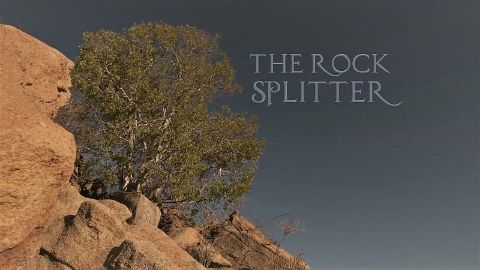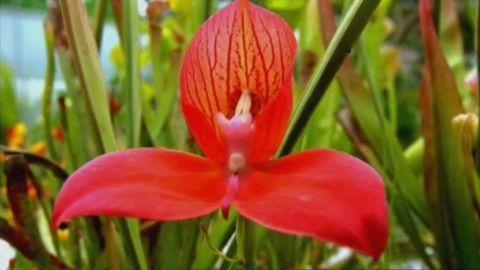Waterworld Africa • 2017 • 8 episodes •
On the eastern coast of Africa lies a subtropical realm of staggering beauty and diversity--a mangrove forest where saltwater meets fresh and a variety of secretive forest dwellers work feverishly to survive. Take a thrilling journey into this rarest of ecosystems, one that few get to witness.
2017 • Nature
For the animals of the Okavango Delta, life itself depends on a fortuitous natural anomaly: a river that cuts through the mighty Kalahari Desert. Embark on a tour of this accidental paradise, where a colorful ecosystem of plants, animals, and birds flourish in the unexpected abundance.
2017 • Nature
African penguins were once the most numerous sea bird on the continent--until their population was decimated by human activity. Visit a rare colony at South Africa's Boulders Beach and see how these master divers and ocean hunters are staging a remarkable revival.
2017 • Nature
During the dry winter season on the savanna, life is ruled by water. From gargantuan hippos to nimble antelope, explore how the wildlife of South Africa's lowveld adapt to the harsh conditions of their ecosystem.
2017 • Nature
Unlike the many freshwater lagoons in South Africa, the Langebaan consists of 18.5 square miles of saltwater from the Atlantic Ocean. Of all the creatures that rely on it, two are pivotal for its own rejuvenation and sustenance: the regal flamingos and the nutrient-producing prawns.
2017 • Nature
During the dry season in Northern Botswana, over 45,000 elephants--more than 10% of the world's population--congregate along the banks of the Chobe River. Join local wildlife on a quest to escape the punishing drought.
2017 • Nature
Many of the great rivers of southern Africa start high up in mountain ranges, power their way eastwards across wild forests and grasslands, and eventually empty out into the Indian Ocean. Ride the currents of these powerful bodies of water as they reshape the lives of the wild animals who rely on them.
2017 • Nature
Lake St. Lucia, Africa's largest estuary lake, is under siege. A series of human missteps have left it cut off from the sea, and the water levels are dangerously low. The wildlife relying on its ecosystem are most affected--from hippos and crocodiles that live on its banks, to exotic birds that migrate from as far as 6,000 miles away. Can they adjust to the new, drier reality imposed on them?
2017 • Nature
